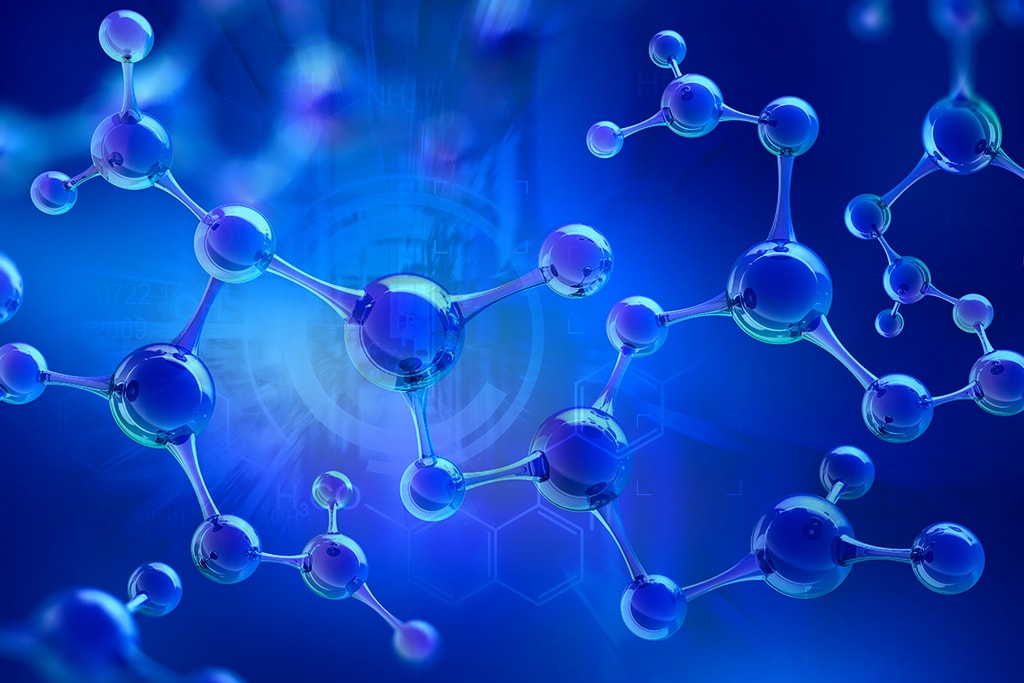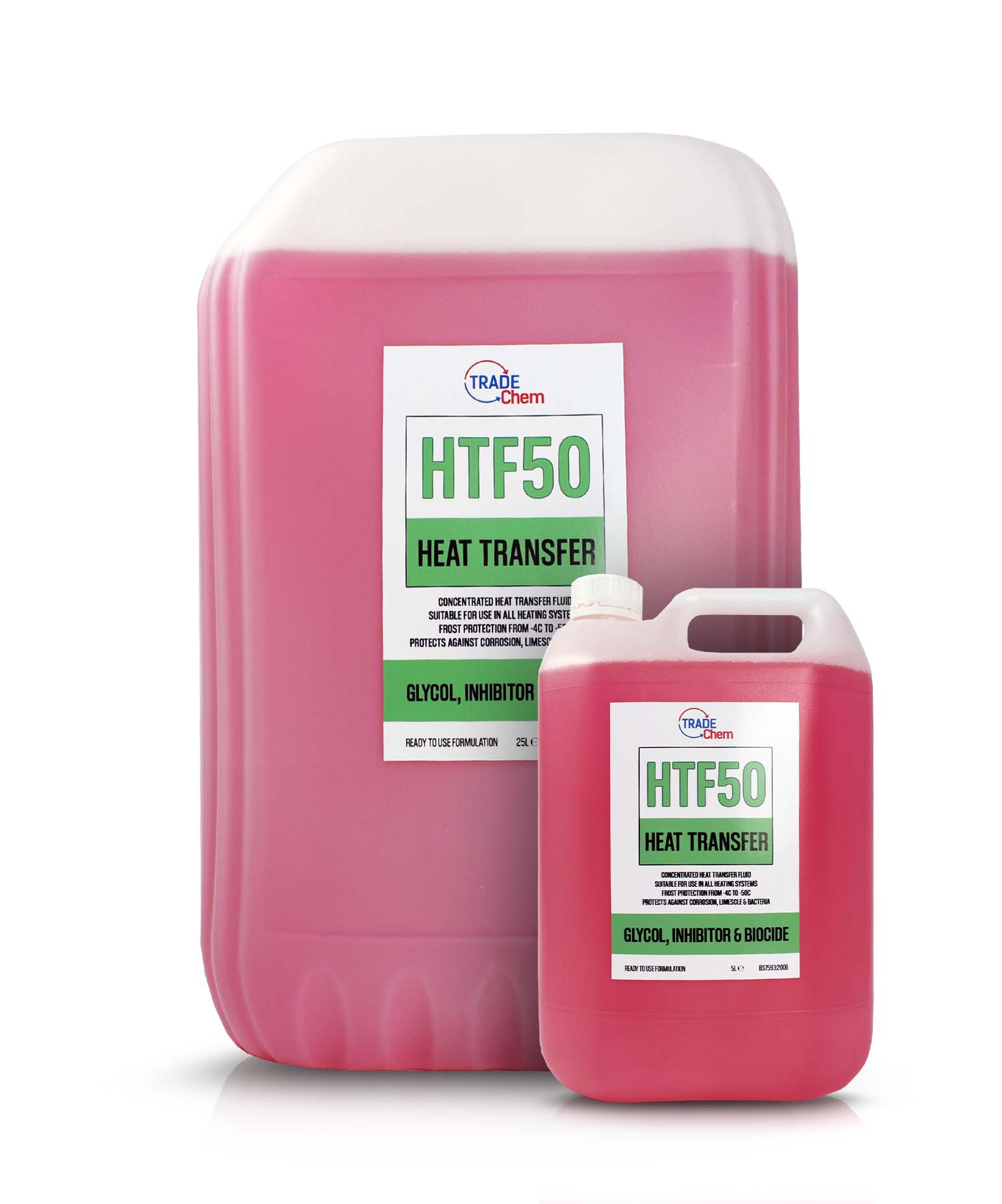How to Securely Handle and Dispose of Used Heat Transfer Fluid
How to Securely Handle and Dispose of Used Heat Transfer Fluid
Blog Article
Recognizing the Uses of Warm Transfer Fluid in Industrial Applications
In the dynamic landscape of commercial applications, warm transfer liquids (HTFs) are essential for preserving exact thermal regulation, pivotal to optimizing operational effectiveness and item high quality. From the details of chemical handling to the robust demands of power generation, HTFs are main to ensuring stable and efficient warm exchange.
Duty in Chemical Processing
In chemical handling, warmth transfer liquids play an important duty in preserving accurate temperature level control, which is important for maximizing reaction rates and ensuring product top quality - heat transfer fluid. These liquids are crucial in promoting reliable warm exchange in between process devices, thus allowing the law of thermal problems within reactors, purification columns, and various other important apparatus. Their capacity to keep security under varying thermal loads and environmental problems makes them important in chemical production
The option of a suitable heat transfer fluid is established by aspects such as thermal conductivity, particular heat ability, viscosity, and chemical compatibility with the procedure materials. High-performance liquids permit rapid heating & cooling, boosting the effectiveness of endothermic and exothermic responses. Additionally, their thermal stability decreases the risk of destruction or contamination, which can result in tools fouling and decreased procedure effectiveness.
In enhancement to temperature law, these fluids contribute to security by preventing getting too hot and minimizing the potential for thermal runaway responses. By supplying consistent thermal monitoring, heat transfer fluids improve procedure reliability and can result in substantial energy financial savings. As chemical procedures become progressively intricate, the significance of choose and keeping ideal heat transfer liquids can not be overstated.

Power Generation Applications
Moving from chemical handling to power generation, warmth transfer fluids think an essential duty in the production of power. In power generation applications, these fluids are important in keeping optimal thermal effectiveness and ensuring the trusted operation of nuclear power plant. Various types of power generation centers, including fossil fuel-based plants and focused solar energy (CSP) systems, count heavily on warmth transfer fluids for reliable energy conversion.
In fossil gas power plants, warm transfer fluids are utilized to transfer warm from burning gases to water in boilers, creating vapor that drives turbines. This procedure calls for fluids with high thermal stability and exceptional warmth transfer residential properties to stand up to extreme temperatures and stress. Likewise, in CSP plants, warmth transfer fluids flow with solar enthusiasts, soaking up solar energy and transferring it to a main receiver where it is made use of to produce heavy steam. The vapor after that powers turbines to produce electrical energy.
The selection of warmth transfer liquid in these applications is important, as it affects the view it plant's effectiveness, safety, and environmental footprint. Synthetic oils, liquified salts, and various other specialized fluids are typically used, picked based on their thermal stability, warmth capability, and compatibility with system materials.
Impact on Food and Beverage Sector

In addition to enhancing item high quality, warm transfer liquids add to functional efficiency by reducing energy usage and lowering process times. Their thermal security and high warm capacity enable quick heating and cooling cycles, bring about improved throughput and cost-effectiveness. Moreover, the use of food-grade heat transfer liquids, which follow stringent security criteria, ensures that there is no danger of contamination, therefore protecting public health and wellness.
The adaptability of warm transfer fluids allows their application throughout a variety of food and drink processes, from milk and confectionery to developing and bottling. By optimizing temperature level control, these fluids play an important function in meeting the advancing demands of the food and drink industry while keeping high standards of quality and safety and security.
Significance in Production

An essential aspect of producing procedures across different sectors is the efficient administration of temperature level, which is where heat transfer liquids show their significance. Warm transfer liquids facilitate these controlled settings by soaking up, transferring, and releasing warmth as necessary.
In producing settings, warm transfer liquids add dramatically to functional performance and cost-effectiveness. By minimizing temperature fluctuations, they assist decrease energy usage, thus reducing operational expenses and enhancing sustainability. Additionally, they improve the life expectancy of devices by protecting against getting too hot and thermal stress and anxiety, which can lead to costly downtime and repair work.
Furthermore, the versatility of warmth transfer fluids enables them to be personalized for details applications, fitting a vast array of temperature levels and environmental conditions. This versatility makes certain regular performance, anonymous also in the most requiring industrial settings. Inevitably, the calculated use warm transfer fluids encourages makers to enhance their procedures, improve product top quality, and preserve a competitive side in an ever-evolving market.
Developments in Heat Transfer Modern Technology
With innovations in warm transfer innovation, sectors are experiencing transformative enhancements in temperature level administration systems. Modern HTFs, such as nano-fluids, show boosted thermal conductivity and security, which substantially boost warm exchange procedures.
Moreover, the combination of clever innovation and electronic monitoring systems has actually transformed heat administration. Advanced sensing units and IoT devices provide real-time data analytics, enabling precise control and optimization of heat transfer procedures. This leads to boosted safety and security, lowered downtime, and extended devices lifespan.
Additionally, the arrival of magnetic and phase-change products in warmth transfer applications notes a substantial leap onward. heat transfer fluid. Magnetic liquids, as an example, deal quick warmth dissipation via electromagnetic field manipulation, while phase-change materials efficiently store and release thermal energy during phase transitions
These technological strides are not just improving efficiency in conventional markets such as chemical handling and power generation however are additionally cultivating technology in arising areas like renewable power systems and digital air conditioning, leading the means for lasting commercial operations.

Conclusion
Warmth transfer fluids are essential to industrial applications, providing exact temperature level control and improving functional performance. In chemical handling, they make certain optimum activator problems, while in power generation, they add to reliable power usage. The food and drink market advantages from constant temperature administration, vital for item high quality. Throughout different producing industries, HTFs assist in power preservation and security compliance. Developments in warmth transfer modern technology proceed to optimize these functions, underscoring the vital role of HTFs in industrial processes.
Report this page